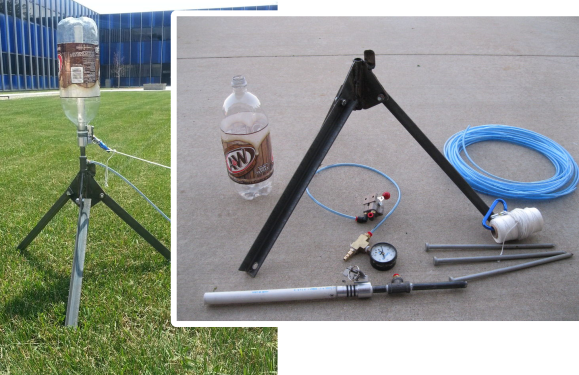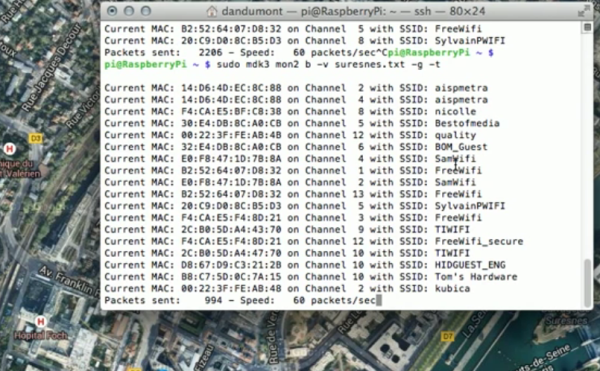
[Ken Kawamoto] turned the rather bland view from his livingroom into that of some high-priced real estate. It only works at night, which is going to seem odd since the image above shows a daytime scene. But it’s still a pretty sweet concept.
The video below shows the actual view from his window. We don’t think it’s all that bad (we once lived in a ground-level apartment looking out on a parking lot… yuck!). But the view of the Abbey of St. Étienne in Caen, France seen above is much better. He simply put a projector on his balcony and closed the light-colored blinds. So far he has to bring it in after each use, but we see this as more of a thing to use only when entertaining anyway.
We’ve seen a few other attempts over the years at hacking your view. Here’s one that adds fake windows using LCD screens. The thing that makes that one work is the ability of the system to track the viewer and change the perspective accordingly.
Continue reading “A Facelift For The View Out Your Livingroom Window”

















